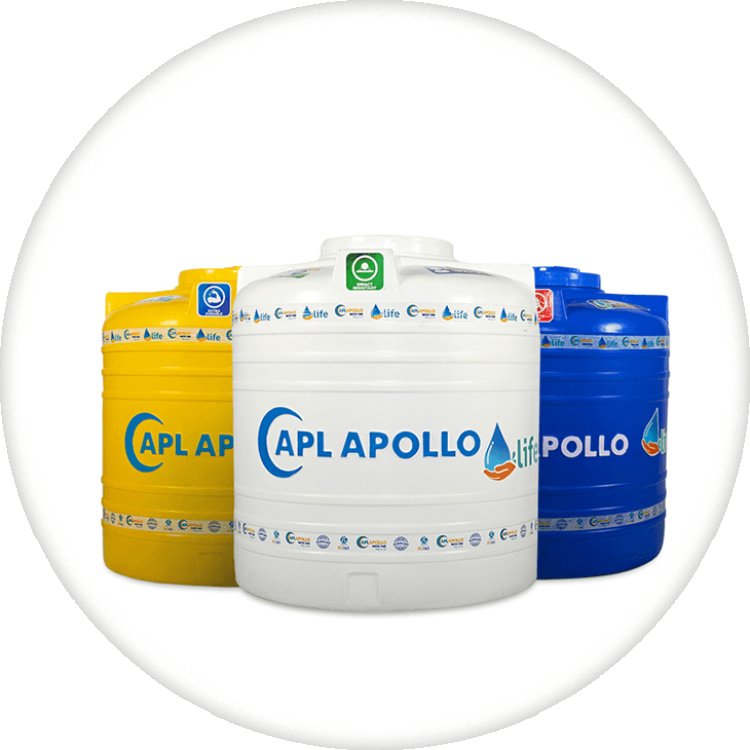Community Water Storage Solutions: The Role of Plastic Water Tanks
The Role of Plastic Water Tanks in todays era. How Platic water tanks helps in water conservation.
Share this Post to earn Money ( Upto ₹100 per 1000 Views )

In communities around the world, access to clean and reliable water is a fundamental necessity. As populations grow and environmental challenges intensify, ensuring a sustainable and sufficient water supply becomes increasingly critical. One solution that has gained prominence in community water management is the use of plastic water tanks. In this blog post, we will explore the role of plastic water tanks in addressing water storage challenges within communities, examining their benefits, considerations, and the positive impact they can have on local water infrastructure.
The Water Storage Challenge
Many communities face water scarcity issues due to factors such as climate change, population growth, and inefficient water management practices. In times of drought or emergency situations, having a reliable and accessible water source is vital for the well-being of residents. Traditional water storage methods, such as concrete tanks or open reservoirs, may not always be practical or cost-effective for smaller communities. This is where plastic water tanks step in to offer a versatile and efficient solution.
Benefits of Plastic Water Tanks
1. Cost-Effectiveness: Plastic water tanks are often more affordable than their counterparts made from materials like concrete or metal. This cost advantage makes them a practical choice for communities with limited budgets.
2. Versatility in Design and Size: Plastic water tanks come in various shapes and sizes, allowing communities to choose a design that fits their available space and water storage needs. From slimline tanks that can fit into narrow spaces to large-capacity tanks for more extensive storage, the versatility of plastic tanks ensures a customized solution for each community.
3. Durability and Longevity: High-quality plastic water tanks are designed to withstand harsh weather conditions and resist corrosion. This durability ensures a longer lifespan, reducing the need for frequent replacements and maintenance costs.
4. Easy Installation: Plastic water tanks are generally lightweight and easy to install, minimizing the need for heavy machinery and labor-intensive construction. This ease of installation is particularly advantageous for communities looking for quick and efficient water storage solutions.
5. Hygienic Water Storage: Plastic water tanks are manufactured using food-grade materials, ensuring that stored water remains clean and safe for consumption. This is crucial for communities where access to potable water is a primary concern.
Considerations When Implementing Plastic Water Tanks in Communities
1. Local Regulations and Permits: Before installing plastic water tanks, communities should be aware of and comply with local regulations and permitting requirements. This ensures that the installation process is legal and meets safety standards.
2. Maintenance Requirements: While plastic water tanks are generally low-maintenance, regular inspections and cleaning are essential to ensure the longevity of the tanks and the quality of stored water. Establishing a maintenance schedule can help prevent issues and extend the lifespan of the tanks.
3. Community Engagement: Involving the community in the decision-making process and educating residents about the benefits of plastic water tanks fosters a sense of ownership and responsibility. Community engagement is key to the successful implementation and long-term sustainability of water storage solutions.
The Positive Impact on Local Water Infrastructure
Implementing plastic water tanks in communities can have a transformative impact on local water infrastructure:
1. Improved Resilience: Plastic water tanks enhance a community's resilience to water shortages and emergencies. Having a reliable and accessible water source contributes to the overall well-being and safety of residents.
2. Sustainable Water Management: Plastic water tanks facilitate sustainable water management by capturing and storing rainwater or other water sources. This reduces dependence on centralized water supplies and eases the burden on existing infrastructure.
3. Mitigating Water Scarcity: In regions facing water scarcity, plastic water tanks provide a practical means of storing and managing available water resources. This, in turn, helps alleviate pressure on natural water sources and supports long-term water conservation efforts.
4. Supporting Agriculture and Livelihoods: Community water storage solutions, enabled by plastic water tanks, can support local agriculture and livelihoods. Stored water can be used for irrigation, promoting food security and economic sustainability.
In conclusion, plastic water tanks play a crucial role in addressing water storage challenges within communities. Their cost-effectiveness, versatility, and positive impact on local water infrastructure make them a practical and sustainable solution. By embracing plastic water tanks, communities can enhance their resilience to water scarcity, promote sustainable water management, and improve the overall quality of life for residents. As we continue to face water-related challenges globally, the role of plastic water tanks in community water storage solutions becomes increasingly significant.















